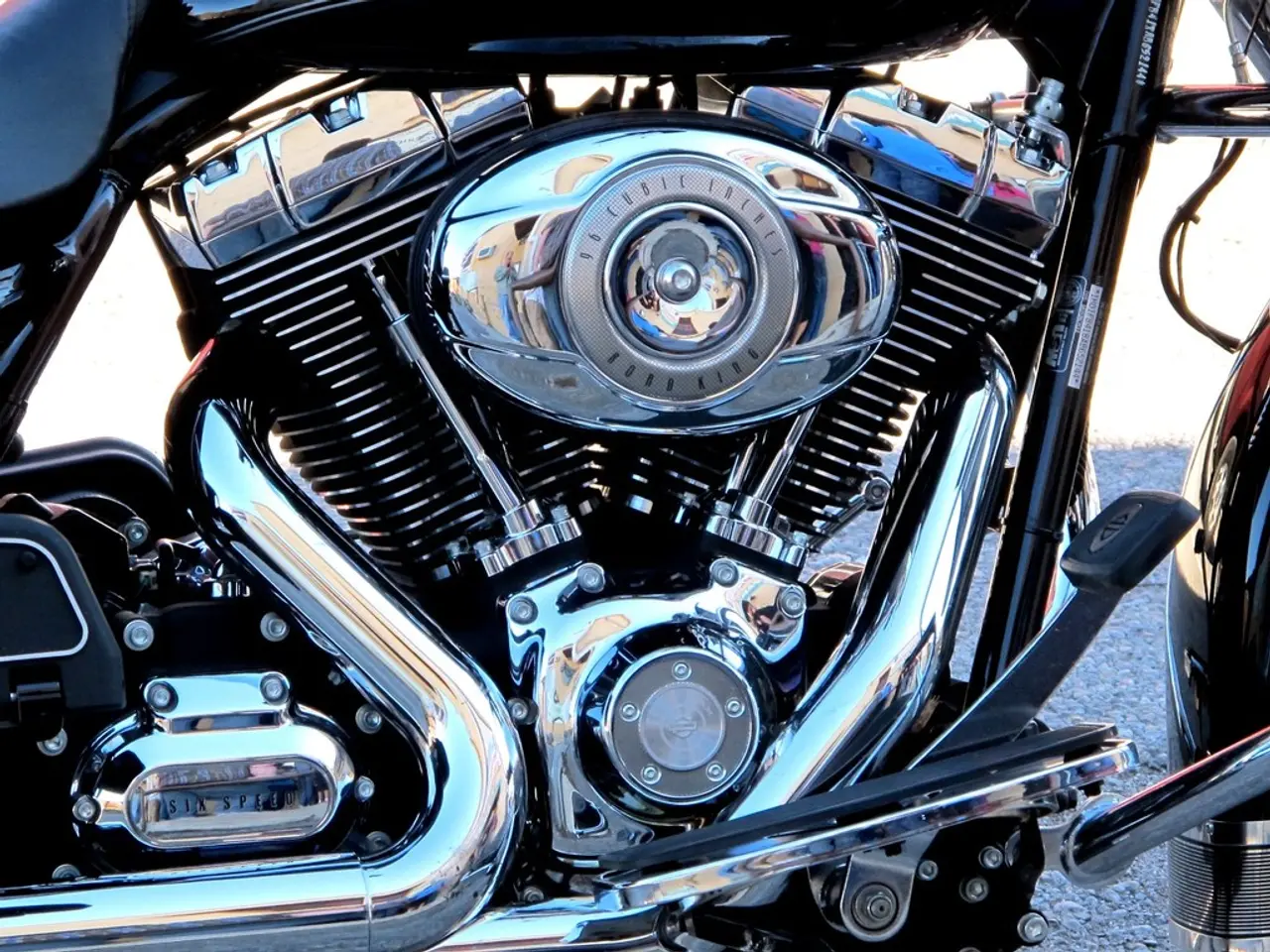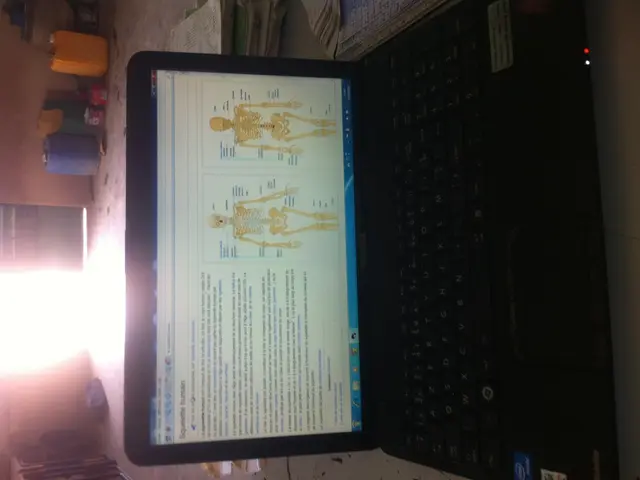Modern Automotive Circuits: The Skeleton of Today's Automotive Sector
In the intricate world of automotive technology, Printed Circuit Boards (PCBs) play a pivotal role. These boards, responsible for connecting sensors and components, are essential for the smooth operation of a vehicle.
Flexible PCBs, made from materials like PEEK, polyamide, or transparent polyester films, are a common choice for parts that are curved or bendable within a car. On the other hand, Rigid PCBs, typically made of FR4, are not flexible and are commonly found in display monitors and reverse cam screens within automobiles.
FR-4, a fiberglass-reinforced epoxy resin, is the most widely used PCB substrate material in automotive electronics. It offers excellent electrical insulation, mechanical strength, and dimensional stability, and can withstand moderate thermal stress. For applications requiring enhanced thermal stability, anti-delamination properties, and flame retardancy, automotive-grade high Tg epoxy systems are used. These substrates are primarily used in general automotive control systems, infotainment, sensors, and signal processing boards.
When it comes to high heat generation or power handling, automotive PCBs often use aluminium substrate or metal core PCBs. Aluminium substrates provide significant heat dissipation due to their high thermal conductivity, helping to keep components cooler and increasing reliability and lifespan. These PCBs are used in power electronics, motor controllers, LED lighting, power supplies, and high heat-generating modules.
Emerging substrate materials like biodegradable or paper-based PCBs have niche potential but are not yet common in mainstream automotive electronics due to mechanical and thermal limitations.
Automotive PCBs must qualify for stringent thermal cycling tests, thermal shock tests, temperature humidity tests, and must resist Conductive Anodic Filament (CAF) defects in the dielectric. Reliability is crucial, as these boards need to endure extreme environmental conditions and vibrations without performance degradation.
HDI PCBs, featuring higher wire density, finer lines and spaces, and high pad connection density, are widely used for infotainment systems. Rigid-Flex PCBs, a combination of rigid and flexible boards, are used in lighting systems within automobiles.
PCB manufacturers must be qualified with ISO/TS 16949, a standard based on ISO 9001 automotive standards. The growth of the PCB industry in the automotive sector is expected to increase significantly due to the focus on autonomous and electric vehicles.
The growing electric automobile industry requires PCBs specially designed to manage fuel efficiency or battery management systems. Automotive PCBs are expected to operate effectively in the long run, with high thermal resistance and longevity being key features.
The CAN bus protocol is used to ease serial communication and reduce the cost and complexity in automotive PCBs. Heavy copper PCBs, with thicker copper in the outer and inner layers, are preferred for high temperature, high frequency, and high current applications and are implemented in safety and signaling systems.
Metal Core PCBs, consisting of an aluminum base layer, provide improved electrical insulation and thermal conductivity and are employed in the Antilock Braking Systems (ABS). LED PCBs, made of aluminum substrate for heat dissipation, are used in car indicators, headlights, and brake lights. PTFE PCBs, tolerant of high-frequencies, find their purpose in safety systems and Radar technology.
Ceramic Substrate boards, made from high-temperature co-fired alumina and aluminum nitride, are implemented in the engine compartment due to their ability to withstand high-temperature variations.
In conclusion, the diverse range of PCBs, from FR-4 to aluminium substrate, Metal Core, and Ceramic Substrate, allows automotive manufacturers to meet diverse requirements spanning durability, heat management, electrical insulation, and cost-effectiveness.
- The automotive sector, with its focus on autonomous and electric vehicles, is projected to see significant growth in the PCB industry.
- High heat generation or power handling applications in automobiles often utilize aluminium substrate or Metal Core PCBs, which offer improved electrical insulation and thermal conductivity.
- HDI PCBs, known for their higher wire density and finer lines, are widely used in infotainment systems, while Rigid-Flex PCBs find their application in lighting systems within automobiles.
- In the housing-market and real-estate sectors, investors might find potential opportunities with the growing development and advancements in automotive technology and gadgets, influenced by trends in finance and transportation.



